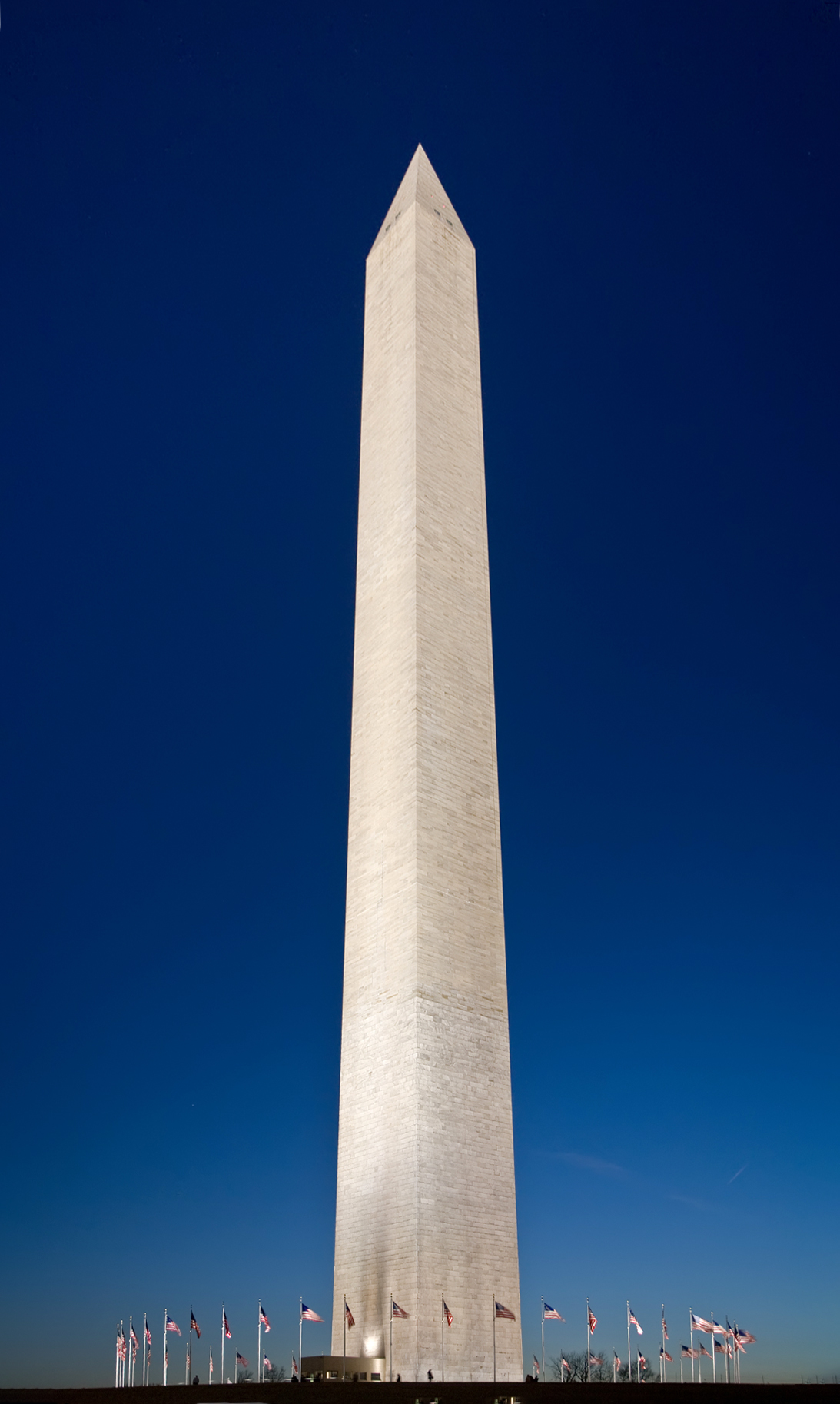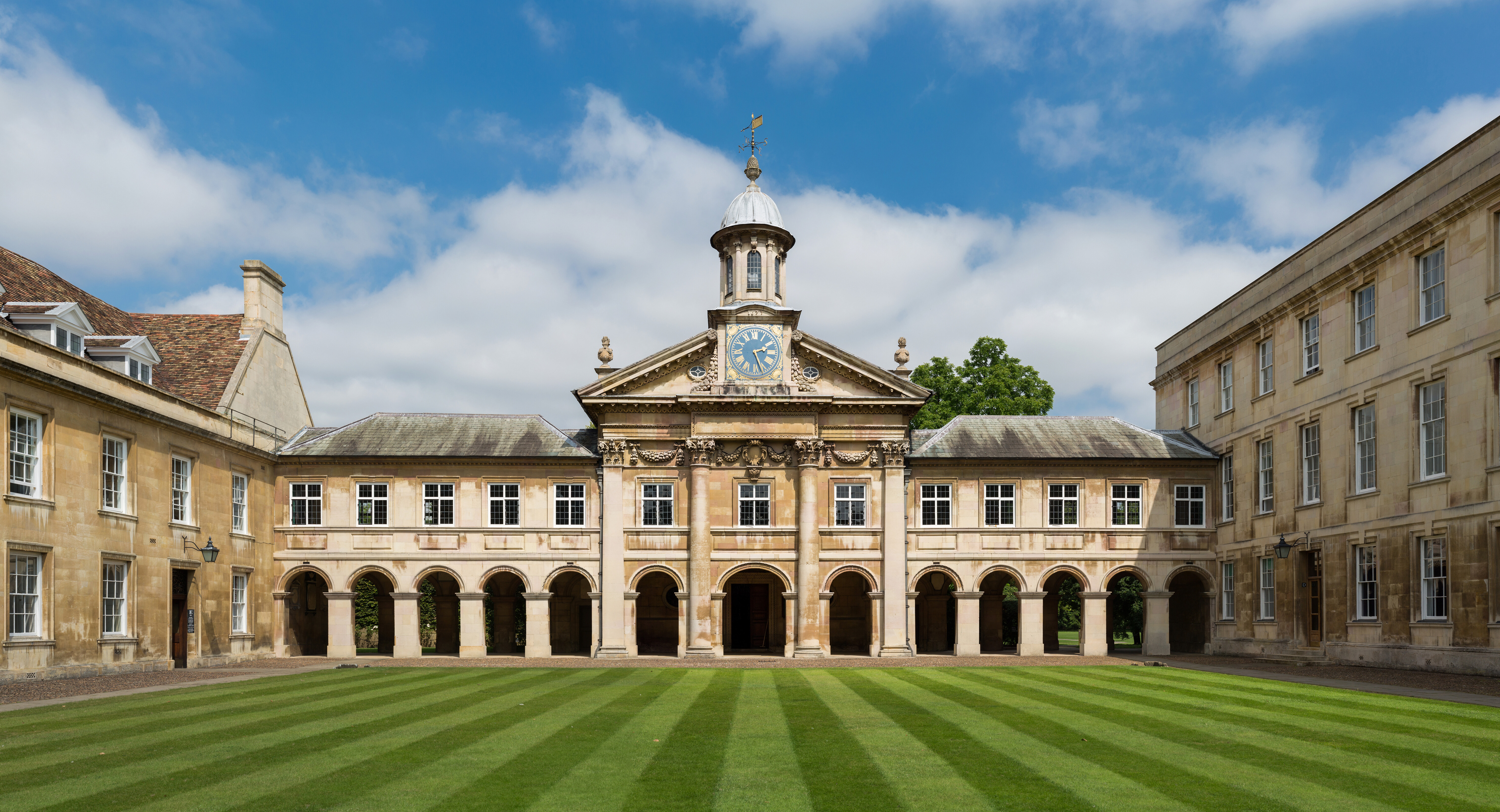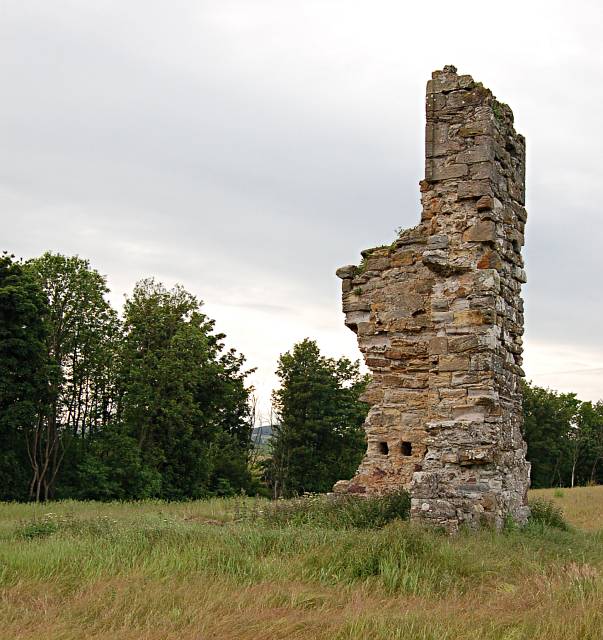|
Francis Brown Douglas
Francis Brown Douglas FRSE DL (2 April 1814-8 August 1885) was a Scottish advocate who served as the Lord Provost of Edinburgh from 1859 to 1862. Life He was born in Largs in Ayrshire on 2 April 1814, the son of Archibald Douglas (1779-1833), also an advocate, and Jane Brown of Bellair on the island of St. Vincent. He attended the High School of Edinburgh and then Edinburgh Academy (1824-5). He then studied law at the University of Edinburgh. Following the Slavery Abolition Act of 1833, Francis received a considerable sum in compensation for his father's loss (his father being deceased) of 245 slaves on the Sans Souci Estate on St Vincent. This sum, probably received around 1845, totalled £6,418. In 1839 he was elected a Fellow of the Royal Society of Edinburgh his proposer was John Shank More. In 1843 he left the established Church of Scotland to join the Free Church of Scotland. He was an elder at Pilrig Free Church under the Rev William Garden Blaikie. On 7 August 1860 ... [...More Info...] [...Related Items...] OR: [Wikipedia] [Google] [Baidu] |
FRSE
Fellowship of the Royal Society of Edinburgh (FRSE) is an award granted to individuals that the Royal Society of Edinburgh, Scotland's national academy of science and letters, judged to be "eminently distinguished in their subject". This society received a royal charter in 1783, allowing for its expansion. Elections Around 50 new fellows are elected each year in March. there are around 1,650 Fellows, including 71 Honorary Fellows and 76 Corresponding Fellows. Fellows are entitled to use the post-nominal letters FRSE, Honorary Fellows HonFRSE, and Corresponding Fellows CorrFRSE. Disciplines The Fellowship is split into four broad sectors, covering the full range of physical and life sciences, arts, humanities, social sciences, education, professions, industry, business and public life. A: Life Sciences * A1: Biomedical and Cognitive Sciences * A2: Clinical Sciences * A3: Organismal and Environmental Biology * A4: Cell and Molecular Biology B: Physical, Engineering an ... [...More Info...] [...Related Items...] OR: [Wikipedia] [Google] [Baidu] |
Melville House
Melville House is a 1697 house that lies to the south side of the Palace of Monimail near Collessie in Fife, Scotland. It has been a school and a training base for Polish soldiers who had arrived in Scotland after the 51st Highland Division had been forced to surrender at Saint-Valery-en-Caux in 1940. The building was the most expensive building in Britain ever reclaimed by a bank. History Mellville House was built in 1697 by the architect James Smith (c. 1645–1731) for George Melville, 1st Earl of Melville (1636–1707). The remains of the 14th-century Monimail Palace which the Melvilles had bought in 1592 were incorporated into the grounds as a folly. The estate once bordered the nearby royal estate of Falkland Palace which had been a popular retreat with all the Stuart monarchs who used the vast surrounding forests for hawking and hunting deer. Wild boar, was also imported from France and hunted in the area. Melville however was to be accused of being involved in the R ... [...More Info...] [...Related Items...] OR: [Wikipedia] [Google] [Baidu] |
Lord Provosts Of Edinburgh
Lord is an appellation for a person or deity who has authority, control, or power over others, acting as a master, chief, or ruler. The appellation can also denote certain persons who hold a title of the peerage in the United Kingdom, or are entitled to courtesy titles. The collective "Lords" can refer to a group or body of peers. Etymology According to the Oxford Dictionary of English, the etymology of the word can be traced back to the Old English word ''hlāford'' which originated from ''hlāfweard'' meaning "loaf-ward" or "bread-keeper", reflecting the Germanic tribal custom of a chieftain providing food for his followers. The appellation "lord" is primarily applied to men, while for women the appellation " lady" is used. This is no longer universal: the Lord of Mann, a title previously held by the Queen of the United Kingdom, and female Lords Mayor are examples of women who are styled as "Lord". Historical usage Feudalism Under the feudal system, "lord" had a ... [...More Info...] [...Related Items...] OR: [Wikipedia] [Google] [Baidu] |
Fellows Of The Royal Society Of Edinburgh
The Royal Society of Edinburgh is Scotland's national academy of science and letters. It is a registered charity that operates on a wholly independent and non-partisan basis and provides public benefit throughout Scotland. It was established in 1783. , there are around 1,800 Fellows. The Society covers a broader selection of fields than the Royal Society of London, including literature and history. Fellowship includes people from a wide range of disciplines – science & technology, arts, humanities, medicine, social science, business, and public service. History At the start of the 18th century, Edinburgh's intellectual climate fostered many clubs and societies (see Scottish Enlightenment). Though there were several that treated the arts, sciences and medicine, the most prestigious was the Society for the Improvement of Medical Knowledge, commonly referred to as the Medical Society of Edinburgh, co-founded by the mathematician Colin Maclaurin in 1731. Maclaurin was unhap ... [...More Info...] [...Related Items...] OR: [Wikipedia] [Google] [Baidu] |
People Educated At Edinburgh Academy
A person ( : people) is a being that has certain capacities or attributes such as reason, morality, consciousness or self-consciousness, and being a part of a culturally established form of social relations such as kinship, ownership of property, or legal responsibility. The defining features of personhood and, consequently, what makes a person count as a person, differ widely among cultures and contexts. In addition to the question of personhood, of what makes a being count as a person to begin with, there are further questions about personal identity and self: both about what makes any particular person that particular person instead of another, and about what makes a person at one time the same person as they were or will be at another time despite any intervening changes. The plural form "people" is often used to refer to an entire nation or ethnic group (as in "a people"), and this was the original meaning of the word; it subsequently acquired its use as a plural form of p ... [...More Info...] [...Related Items...] OR: [Wikipedia] [Google] [Baidu] |
1885 Deaths
Events January–March * January 3– 4 – Sino-French War – Battle of Núi Bop: French troops under General Oscar de Négrier defeat a numerically superior Qing Chinese force, in northern Vietnam. * January 4 – The first successful appendectomy is performed by Dr. William W. Grant, on Mary Gartside. * January 17 – Mahdist War in Sudan – Battle of Abu Klea: British troops defeat Mahdist forces. * January 20 – American inventor LaMarcus Adna Thompson patents a roller coaster. * January 24 – Irish rebels damage Westminster Hall and the Tower of London with dynamite. * January 26 – Mahdist War in Sudan: Troops loyal to Mahdi Muhammad Ahmad conquer Khartoum; British commander Charles George Gordon is killed. * February 5 – King Leopold II of Belgium establishes the Congo Free State, as a personal possession. * February 9 – The first Japanese arrive in Hawaii. * February 16 – Charles Dow publish ... [...More Info...] [...Related Items...] OR: [Wikipedia] [Google] [Baidu] |
1814 Births
Events January * January 1 – War of the Sixth Coalition – The Royal Prussian Army led by Gebhard Leberecht von Blücher crosses the Rhine. * January 3 ** War of the Sixth Coalition – Siege of Cattaro: French garrison surrenders to the British after ten days of bombardment. ** War of the Sixth Coalition – Siege of Metz: Allied armies lay siege to the French city and fortress of Metz. * January 5 – Mexican War of Independence – Battle of Puruarán: Spanish Royalists defeat Mexican Rebels. * January 11 – War of the Sixth Coalition – Battle of Hoogstraten: Prussian forces under Friedrich Wilhelm Freiherr von Bülow defeat the French. * January 14 ** Treaty of Kiel: Frederick VI of Denmark cedes the Kingdom of Norway into personal union with Sweden, in exchange for west Pomerania. This marks the end of the real union of Denmark-Norway. ** War of the Sixth Coalition – Siege of Antwerp: Allied forces besiege Fre ... [...More Info...] [...Related Items...] OR: [Wikipedia] [Google] [Baidu] |
University Of Cambridge
, mottoeng = Literal: From here, light and sacred draughts. Non literal: From this place, we gain enlightenment and precious knowledge. , established = , other_name = The Chancellor, Masters and Scholars of the University of Cambridge , type = Public research university , endowment = £7.121 billion (including colleges) , budget = £2.308 billion (excluding colleges) , chancellor = The Lord Sainsbury of Turville , vice_chancellor = Anthony Freeling , students = 24,450 (2020) , undergrad = 12,850 (2020) , postgrad = 11,600 (2020) , city = Cambridge , country = England , campus_type = , sporting_affiliations = The Sporting Blue , colours = Cambridge Blue , website = , logo = University of Cambridge log ... [...More Info...] [...Related Items...] OR: [Wikipedia] [Google] [Baidu] |
Scoonie
Scoonie is a settlement and parish in Fife, Scotland, the parish contains the town of Leven. It is bordered on the north by the parishes of Kettle and Ceres, on the east by the parish of Largo, on the south by the parishes of Markinch and Wemyss, and on the west by the parishes of Markinch and Kennoway. It extends about north to south. Its width varies between . The parish is on the coast of the Firth of Forth, with a coastline of about Ordnance Gazetteer of Scotland, by Francis Groome, 1882-4 The area of the parish is .Gazetteer of Scotland, publ, by W & AK Johnston, Edinburgh, 1937. Article on Scoonie. Places are presented alphabetically The River Leven forms the southern boundary of the parish, flowing into Largo Bay. The surface rises gradually northward to near Kilmux Wood. In 1951 the population of the parish was 9,518 and is now 9,613 (in 2011).Census of Scotland 2011, Table KS101SC – Usually Resident Population, publ. by National Records of Scotland. Web site ... [...More Info...] [...Related Items...] OR: [Wikipedia] [Google] [Baidu] |
The Grave Of Francis Brown Douglas, Dean Cemetery
''The'' () is a grammatical article in English, denoting persons or things that are already or about to be mentioned, under discussion, implied or otherwise presumed familiar to listeners, readers, or speakers. It is the definite article in English. ''The'' is the most frequently used word in the English language; studies and analyses of texts have found it to account for seven percent of all printed English-language words. It is derived from gendered articles in Old English which combined in Middle English and now has a single form used with nouns of any gender. The word can be used with both singular and plural nouns, and with a noun that starts with any letter. This is different from many other languages, which have different forms of the definite article for different genders or numbers. Pronunciation In most dialects, "the" is pronounced as (with the voiced dental fricative followed by a schwa) when followed by a consonant sound, and as (homophone of the archaic ... [...More Info...] [...Related Items...] OR: [Wikipedia] [Google] [Baidu] |
Mellville House - Geograph
Melville may refer to: Places Antarctica *Cape Melville (South Shetland Islands) *Melville Peak, King George Island * Melville Glacier, Graham Land * Melville Highlands, Laurie Island *Melville Point, Marie Byrd Land Australia *Cape Melville, Queensland *City of Melville, Western Australia, the local government authority *Electoral district of Melville, Western Australia * Melville Bay, Northern Territory *Melville Island, Northern Territory *Melville, Western Australia, a suburb of Perth Canada *Melville, Saskatchewan, a city *Melville (electoral district), Saskatchewan, a federal electoral district *Melville (provincial electoral district), Saskatchewan *Melville, a community within the town of Caledon, Ontario *Melville Peninsula, Nunavut *Melville Sound, Nunavut *Melville Island (Northwest Territories and Nunavut) *Melville Island (Nova Scotia), in Halifax Harbour *Melville Cove, Halifax, in Halifax Harbour *Melville Island, a small island in the Discovery Islands, British ... [...More Info...] [...Related Items...] OR: [Wikipedia] [Google] [Baidu] |
Dean Cemetery
The Dean Cemetery is a historically important Victorian cemetery north of the Dean Village, west of Edinburgh city centre, in Scotland. It lies between Queensferry Road and the Water of Leith, bounded on its east side by Dean Path and on its west by the Dean Gallery. A 20th-century extension lies detached from the main cemetery to the north of Ravelston Terrace. The main cemetery is accessible through the main gate on its east side, through a "grace and favour" access door from the grounds of Dean Gallery and from Ravelston Terrace. The modern extension is only accessible at the junction of Dean Path and Queensferry Road. The cemetery Dean Cemetery, originally known as Edinburgh Western Cemetery, was laid out by David Cousin (an Edinburgh architect who also laid out Warriston Cemetery) in 1846 and was a fashionable burial ground for mainly the middle and upper-classes. The many monuments bear witness to Scottish achievement in peace and war, at home and abroad and are ... [...More Info...] [...Related Items...] OR: [Wikipedia] [Google] [Baidu] |



_1938.jpg)




.png)